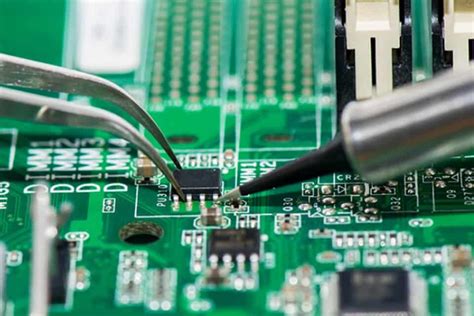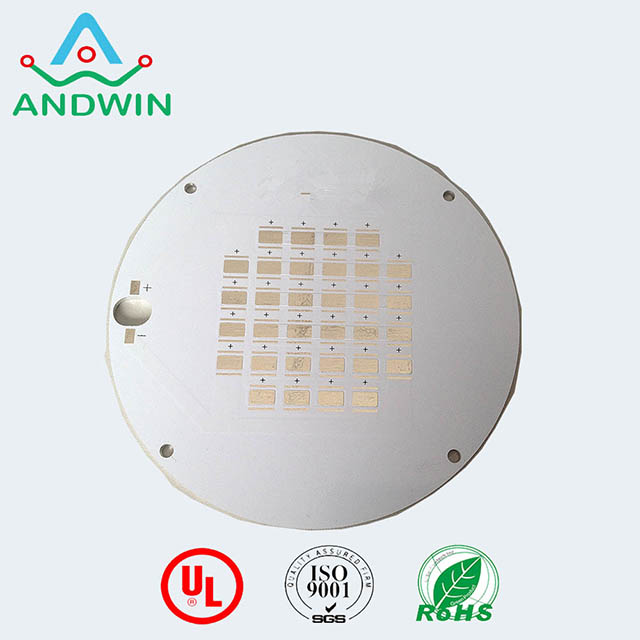Explain how to design PCB multilayer boards
PCB multilayer boards are a special type of printed circuit board. Their “location” is usually quite special. For example, there are PCB multilayer boards in circuit boards.
This type of multilayer board can help the machine conduct various circuits. Not only that, it can also play an insulating role, so that electricity will not collide with each other, and it is absolutely safe.
If you want to use a PCB multilayer board with better performance, you must design it carefully. Next, I will explain how to design PCB multilayer boards.
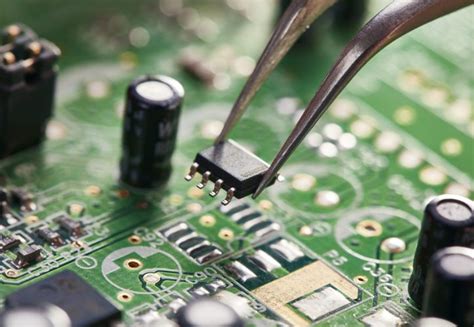
PCB multilayer board design
1.Determination of board shape, size, and number of layers
1) Any printed circuit board has the problem of assembly with other structural parts. Therefore, the shape and size of the printed circuit board must be based on the overall structure of the product. However, from the perspective of production technology, it should be as simple as possible, generally a rectangle with a not too large aspect ratio, to facilitate assembly, improve production efficiency, and reduce labor costs.
2) The number of layers must be determined according to the requirements of circuit performance, board size, and the density of the circuit. For multi-layer printed circuit boards, four-layer and six-layer boards are the most widely used. For example, a four-layer board has two conductor layers (component side and welding side), a power layer and a ground layer.
3) The layers of the multi-layer board should be symmetrical, and it is best to have an even number of copper layers, that is, four, six, eight layers, etc. Because of asymmetric lamination, the board surface is prone to warping, especially for multi-layer boards with surface mounting, which should be paid more attention to.
2.Position and placement direction of components
1) The position and placement direction of components should first be considered from the perspective of circuit principles to cater to the direction of the circuit. Whether the placement is reasonable or not will directly affect the performance of the printed circuit board, especially for high-frequency analog circuits, which have more stringent requirements on the position and placement of components.
2) Reasonable placement of components, in a sense, has already foreshadowed the success of the printed circuit board design. Therefore, when arranging the layout of the printed circuit board and deciding the overall layout, the circuit principle should be analyzed in detail, and the position of special components (such as large-scale IC, high-power tube, signal source, etc.) should be determined first, and then other components should be arranged to avoid factors that may cause interference.
3) On the other hand, the overall structure of the printed circuit board should be considered to avoid uneven and disorderly arrangement of components. This not only affects the beauty of the printed circuit board, but also brings a lot of inconvenience to assembly and maintenance work.
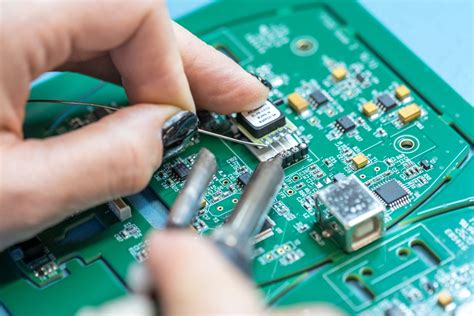
3.Requirements for wire layer and wiring area
Generally, multi-layer printed circuit board wiring is carried out according to circuit function. When wiring on the outer layer, it is required to have more wiring on the welding surface and less wiring on the component surface, which is conducive to the maintenance and troubleshooting of the printed circuit board. Thin and dense wires and signal lines that are susceptible to interference are usually arranged in the inner layer.
Large areas of copper foil should be evenly distributed on the inner and outer layers, which will help reduce the warping of the board and also obtain a more uniform coating on the surface during electroplating. To prevent the shape processing from damaging the printed conductors and causing short circuits between layers during mechanical processing, the distance between the conductive patterns in the inner and outer wiring areas and the edge of the board should be greater than 50 mil.
4.Requirements for the direction and width of the conductors
The wiring of the multilayer board should separate the power layer, ground layer and signal layer to reduce the interference between the power, ground and signal. The lines of the adjacent two layers of printed circuit boards should be perpendicular to each other or take diagonal lines or curves as much as possible, and should not be parallel lines to reduce the interlayer coupling and interference of the substrate.
And the conductors should be as short as possible, especially for small signal circuits. The shorter the line, the smaller the resistance and the smaller the interference. When changing the direction of the signal line on the same layer, sharp corners should be avoided. The width of the conductor should be determined according to the requirements of the circuit for current and impedance. The power input line should be larger, and the signal line can be relatively smaller.
For general digital boards, the line width of the power input line can be 50 to 80 mil, and the line width of the signal line can be 6 to 10 mil.
Wire width: 0.5, 1, 0, 1.5, 2.0;
Allowable current: 0.8, 2.0, 2.5, 1.9;
Wire resistance: 0.7, 0.41, 0.31, 0.25;
When wiring, you should also pay attention to the line width to be as consistent as possible to avoid the sudden thickening or thinning of the wire, which is conducive to impedance matching.
5.Requirements for drilling size and pads
1) The drilling size of components on multilayer boards is related to the pin size of the selected components. If the drilling is too small, it will affect the installation and tinning of the device; if the drilling is too large, the solder joint will not be full enough during welding. Generally speaking, the calculation method of component hole diameter and pad size is:
2) Component hole diameter = component pin diameter (or diagonal) + (10~30mil)
3) Component pad diameter ≥ component hole diameter + 18mil
4) As for the via hole diameter, it is mainly determined by the thickness of the finished board. For high-density multi-layer boards, it should generally be controlled within the range of board thickness: hole diameter ≤ 5:1. The calculation method of the via pad is:
5) Via pad (VIAPAD) diameter ≥ via diameter + 12mil.
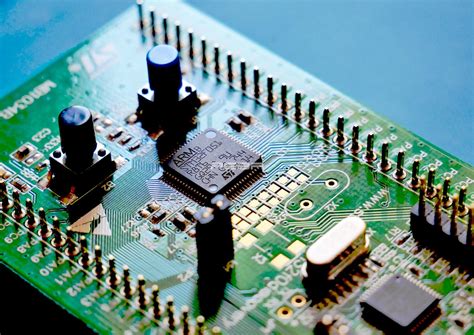
6.Requirements for power layer, ground layer partition and flower hole
For multi-layer printed boards, there is at least one power layer and one ground layer. Since all voltages on the printed board are connected to the same power layer, the power layer must be partitioned and isolated. The size of the partition line is generally 20~80mil. The higher the voltage, the thicker the partition line.
In order to increase the reliability of the connection between the welding hole and the power layer and the ground layer and reduce the large area of metal heat absorption and the generation of cold solder joints during welding, the general connection plate should be designed into a flower hole shape. The aperture of the isolation pad is ≥ the drilling aperture + 20mil
7.Requirements for safety spacing
The setting of safety spacing should meet the requirements of electrical safety. Generally speaking, the minimum spacing of the outer layer wires shall not be less than 4mil, and the minimum spacing of the inner layer wires shall not be less than 4mil. When the wiring can be arranged, the spacing should be as large as possible to improve the yield rate during board making and reduce the hidden dangers of finished board failure.
8.Requirements for improving the anti-interference ability of the whole board
The design of multi-layer printed boards must also pay attention to the anti-interference ability of the whole board. The general methods are:
a. Add filter capacitors near the power supply and ground of each IC, and the capacity is generally 473 or 104.
b. For sensitive signals on the printed board, accompanying shielding wires should be added separately, and wiring should be minimized near the signal source.
c. Choose a reasonable grounding point.
Are you familiar with the above-mentioned PCB multilayer board design skills? In the face of the rapid development of today’s electronic equipment, PCB design faces the trends of high performance, high speed, high density and light weight. The PCB design of high-speed signals is increasingly becoming the focus and difficulty of electronic hardware development, and it pays more attention to efficiency and rigor.

